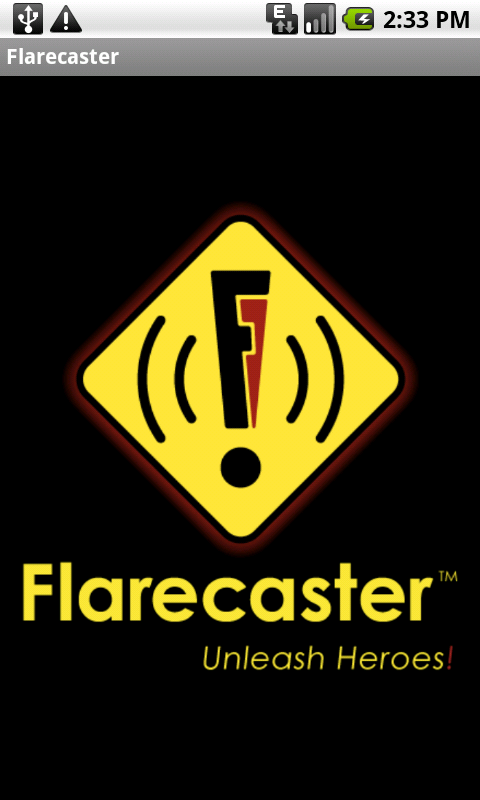Flarecaster application revitalizes the 911 call
April 17, 2011
You are in trouble. Real trouble. You call 911 and hear the dispatcher ask your location. Then your cell battery dies.
“If you are in trouble right now, you are relying on one line for help — calling 911,” said Robert Hidajat, founder of Flarecaster. “If something happens and you can’t complete that 911 call, you’re out of luck.”
Hidajat, an Ames resident, realized that there was a problem with this. After joining Twitter two years ago, he thought it was an easy way to connect to groups of people and saw the potential.
He looked into cell phone applications that already existed but didn’t find much. He mostly found panic buttons that would just call 911.
“It’s not very intuitive,” Hidajat said. “If you are in an emergency, you are already stressed. You don’t think about, ‘I’m going to turn on this app and start it.'”
Hidajat knew there was a way to connect to a 911 call and simultaneously alert friends and neighbors. Husband to a stay-at-home mom and father of three, he was worried that in an emergency, he would not be alerted or that his family would not get help in time.
After some research and a patent, Flarecaster was born. Currently an application available for Android phones, Flarecaster runs in the background of your phone.
After the initial installation onto your phone, you can set up Flarecaster to send SMS messages to neighbors, friends and can even send a tweet when you are in an emergency. It can also include a call to 911.
“You’re broadcasting your emergencies to your neighbors, friends and families, who if they know if you are in trouble are more likely to come to your aid,” Hidajat said. “They are in a good place to help you because of their proximity. “
The messages sent out by Flarecaster also include a GPS location. Now, if something happens at home or on the road, you can be located within a 10-foot radius. Every time your location changes, it updates every five minutes and sends out an additional flare to alert people of your location.
Hidajat says that Flarecast is a simple application with no web connection needed.
“Once you set it, you can forget it,” Hidajat said. “You don’t need to change your behavior. Once your 911 call is being connected, your emergency messages are being broadcast and others can come help you while 911 is on their way. “
With a lot of younger people straying away from landlines, 911 is losing its effectiveness. When you call 911 from a landline, emergency staff gets your phone number and your address right away. So if something happens, they can call you back.
With a cell phone, they don’t get your number or address directly — they have to ask for it. Sometimes, you won’t even get the nearest public safety operators. If the call doesn’t go through, there isn’t much that can be done.
“This is a way to bring people back to 911,” Hidajat said. “It’s a complement to 911 that also connects you to your social networks. It’s kind of dangerous that students are moving away from calling 911. You need those police officers, firefighters and medics. They are trained to help you in a situation.”
Hidajat has been looking to expand his app to Blackberry phones. But currently, he can’t put it on phones running iOS, because it doesn’t allow applications to access phone calls.
Hidajat also is looking into adding a timer aspect to Flarecaster. When you set the timer in your Flarecaster app and the time is up, Flarecaster will call you. If you don’t answer the phone, your flare will get sent out.
“With situations like Craigslist, someone you don’t know, you can set up the timer,” Hidajat said. “People won’t suspect it. You just ignore the phone call, and it will broadcast your emergency. “
Hidajat believes that using Flarecaster can improve the help people receive in emergency situations.
“When you broadcast your message, it gives people the opportunity to become heroes,” Hidajat said.







